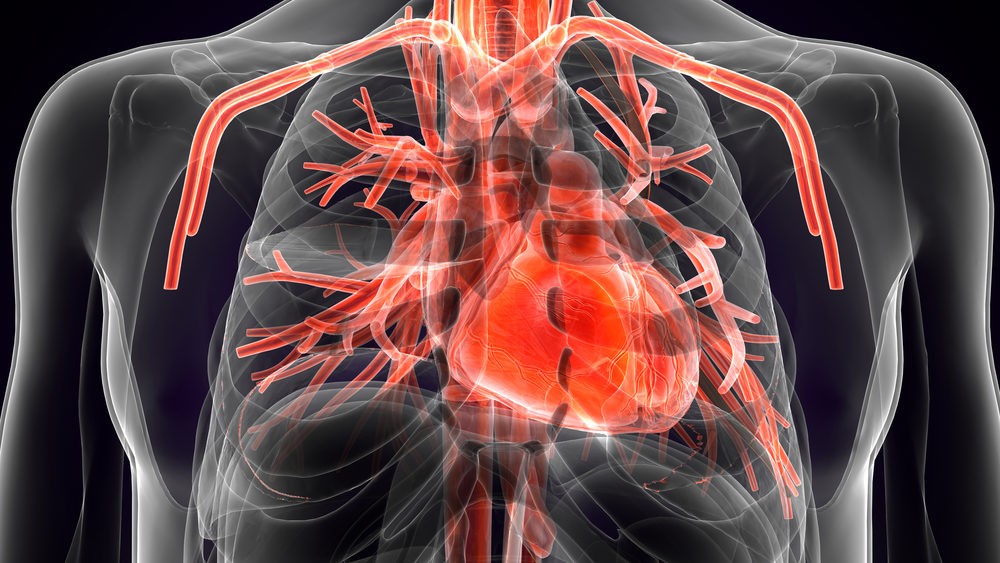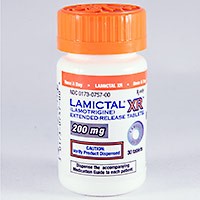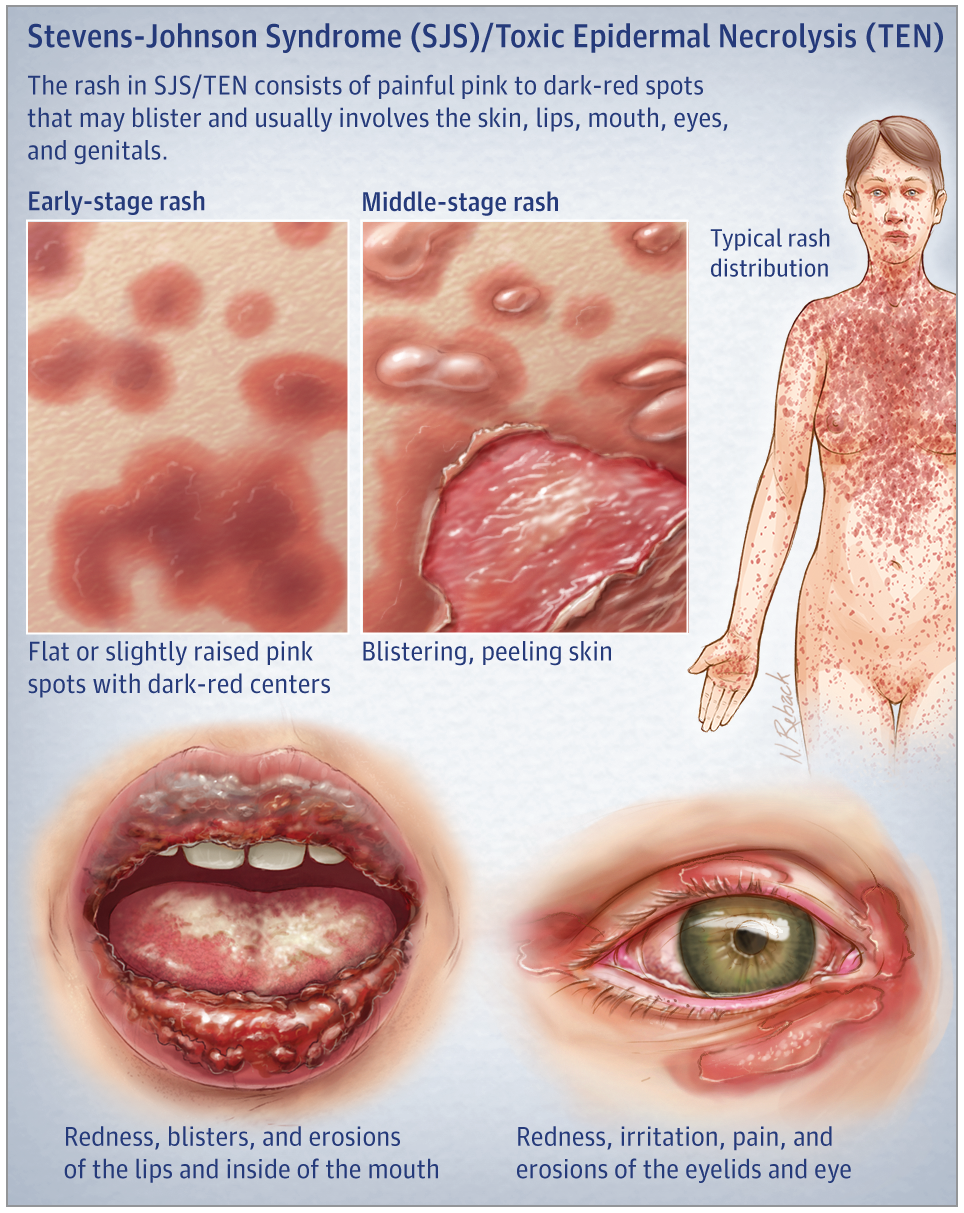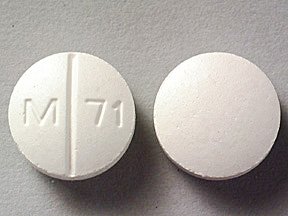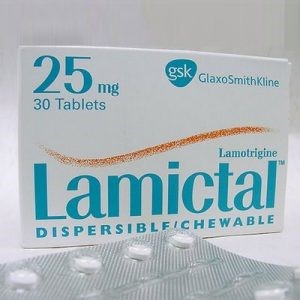Most people typically associate severe burn injuries with fires or scalding water, but there are a number of other injuries which, if medically necessary, may require treatment at a specialized Burn Center. Some of these injuries include burns from exposure to chemicals such as sulfuric acid, hydrochloric acid, liquid nitrogen or other industrial products. Electrical burns are also, unfortunately, common in the commercial and construction settings. According to the American Burn Association (“ABA”), 43% of people admitted to a Burn Unit due to fire/flame, with 34% from scalds, 9% contact, 4% electrical, 3% chemical and 7% other. “Other” includes disease processes, such as Stevens Johnson Syndrome/Toxic Epidermal Necrolysis, Calciphylaxis and Necrotizing Fasciitis, may require admission to a Burn Unit. To learn more about our firm’s handling of Stevens-Johnson Syndrome cases around the country, click HERE.
While a treating physician should know when a patient is appropriate for transfer to a Burn Center, often times they do not do so soon enough and it is prudent for a patient or family member to inquire into this possibility. While it is not all encompassing, the American Burn Association, or ABA, published “Burn Center Referral Criteria” which may be accessed here: ABA Burn Center Referral Criteria
Early intervention.
Burn treatment requires a highly complex care environment that synergizes medical specialists from a number of disciplines, such as intensivists, pulmonologist, nephrologists, cardiologists, dermatologists, and plastic surgeons. Early transfer to a Burn Center can drastically improve a patient’s survival rate and overall outcome. Burn Centers are equipped with specialized medical equipment, such as, beds that can regulate temperature and relieve pressure, acticoat dressings, synthetic skin, cadaver skin (ie., allografts), pig skin (ie., zenograft) and advanced infection management treatments. The physicians and other medical staff at Burn Centers are also skilled at implementing pro-active therapies to reduce the risk of secondary complications such as Multiple Organ Dysfunction Syndrome, Systematic Inflammatory Response Syndroms, airway infringement, wound infection and sepsis.
Burn Centers in Georgia.
There are three (3) designated Burn Centers in the State of Georgia: 1) Burn Center at Grady Memorial Hospital in Atlanta; 2) Joseph M. Still Burn Center at Doctors Hospital of August; and 3) Joseph M. Still Burn Center at Wellstar Cobb Hospital in Austell.
The Burn Center at Grady Memorial Hospital, Atlanta;
– Verified by the American Burn Association;
– 23 private in-patient rooms, including 8 ICU beds and 15 non-ICU beds;
– Treating 3,500 adult and pediatric burn patients annually;
– No admission age restriction;
– Equipped with a helipad for transfers;
Joseph M. Still Burn Center at Doctors Hospital of Augusta; 
– Verified by the American Burn Association;
– Nation’s largest Burn Center;
– 92 bed dedicated to burn patients, including 36 ICU beds, and 4 dedicated operating rooms;
– No admission age restriction;
– Equipped with a helipad for transfers;
Joseph M. Still Burn Center at Wellstar Cobb Hospital in Austell;
– 30 beds dedicated to burn patients, including 8 ICU beds and 1 dedicated operating room;
– Accepting children over the age of 6 months and adults;
– Equipped with a helipad for transfers;
If you live outside of Georgia, a map of Burn Centers across the country can be found here – http://ameriburn.org/public-resources/burn-center-regional-map/. Those centers verified by the ABA are marked in red.
If you or a loved one has sustained burns requiring admission to a Burn Center as the result of the negligence of another and you would like to speak with an attorney, please contact Childers, Schlueter & Smith, LLC at 404.419.9500, to see how we can help. We handle cases across the United States and all inquiries are kept strictly confidential. Initial consultations are free of charge as well.
Please note: CSS does not sue the Burn Centers or medical professionals that work at these 3 Burn Centers. Their medical teams save lives on a daily basis and we support that effort.
Other Stevens-Johnson Syndrome News
A study has found that survivors of Stevens-Johnson syndrome (SJS) have a higher risk of cardiovascular problems, specifically cerebrovascular accidents and ischemic heart disease, compared to the general population.
Medical negligence may contribute to Stevens-Johnson Syndrome (SJS) or Toxic Epidermal Necrolysis (TEN). Learn how drug errors, misdiagnosis, or lack of warnings could support a legal claim.
Lamictal has been linked to Stevens-Johnson Syndrome (SJS), a life-threatening skin reaction. Learn how improper prescribing or dosing may lead to serious injuries and legal action.
If you've been diagnosed with Stevens-Johnson Syndrome or Toxic Epidermal Necrolysis, it’s critical to act quickly and consult an experienced attorney to protect your legal rights and potential claim.
Allopurinol, a common gout medication, has been linked to Stevens-Johnson Syndrome—a rare but serious skin reaction that may require hospitalization and lead to long-term complications.
Improperly prescribed Allopurinol and Lamictal are leading causes of SJS/TEN. Learn how medical errors may have contributed to your injury—and why early legal action is essential.

